I present you a succulent plant today. It’s the Aeonium arboreum var. Atropurpureum, it is native to the Canary Islands and is known as the Desert Rose. This variety is characterized by its appearance, because the leaves grow into a rosette with long, thick stems that give it a miniature tree-like appearance. Apart from the shape, its colors are also very unusual: dark purple with green colorations in the center of the rosette.
In general, it is a very easy plant to care for as long as the right steps are taken. It is very resistant to dry and hot climates, although it is somewhat capricious, preferring to be in semi-shadow rather than the sun directly. It can be understandable because a direct excess of sun can cause it to dry very quickly and die.
The irrigation must be abundant but rare, and above all the substrate must be allowed to dry before watering again. That’s why I would tell you to surrender it both in the spring and in the summer only once every fortnight, so it would be a possible way to avoid flooding and excess moisture that could lead to root and stem rot. It is important not to water in autumn and in winter to protect it from frost and rain and to provide a dry environment.
The easiest way to reproduce this succulent is to directly cut the rosette and leaving from two to four centimeters of stem. It also blooms, but the flowers emerge in winter forming conical inflorescences of a bright yellow. They do not produce seeds that we can use to germinate.
To conclude, I write to you what the Latin name means:
-Aeonium: from Ancient Greek “aionos” meaning “eternal”
– Arboreum: Latin epithet “arboreus”, meaning “tree-shaped”.
-Atropurpureum: from Latin “atro” (dark) and “purple” for color.
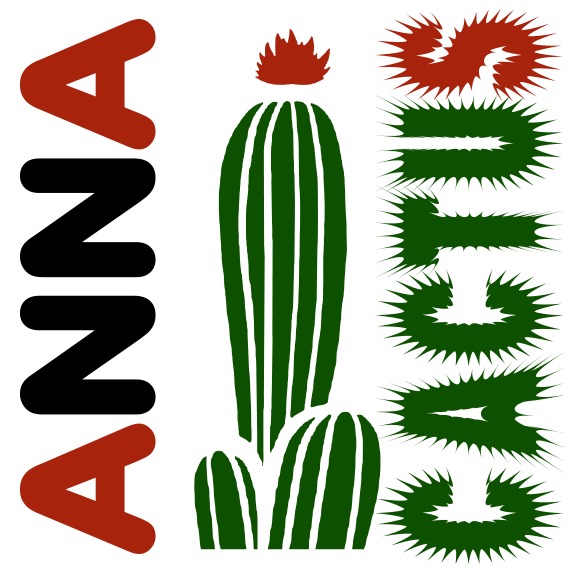

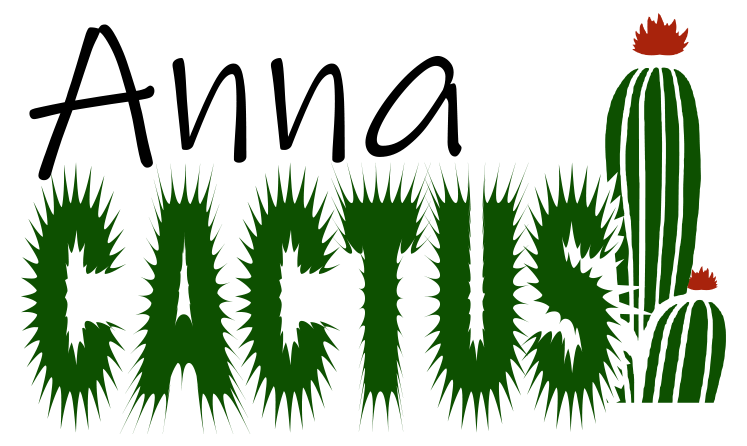
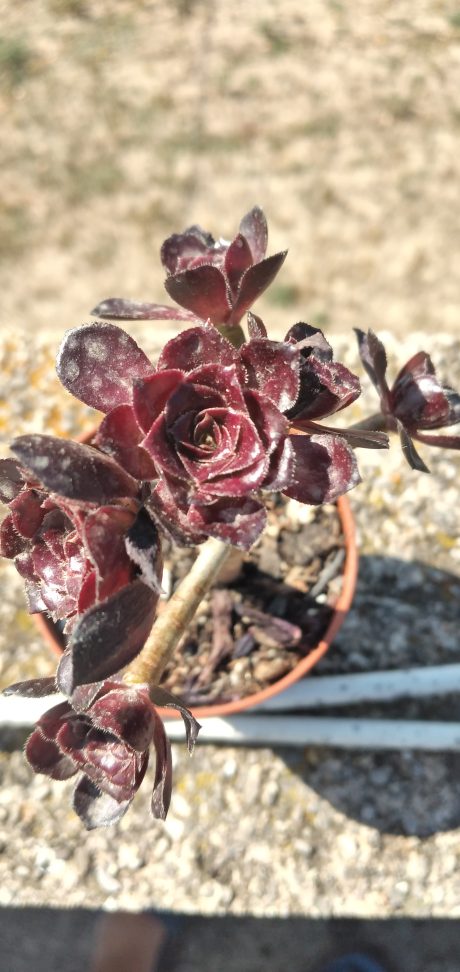

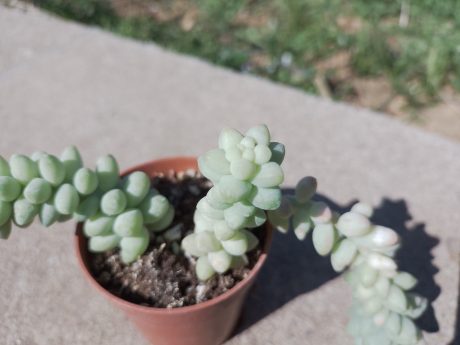


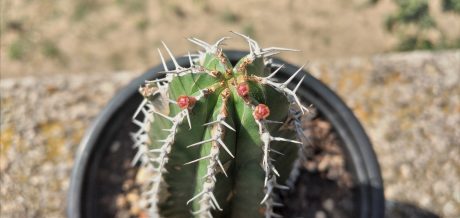
Reviews
There are no reviews yet.